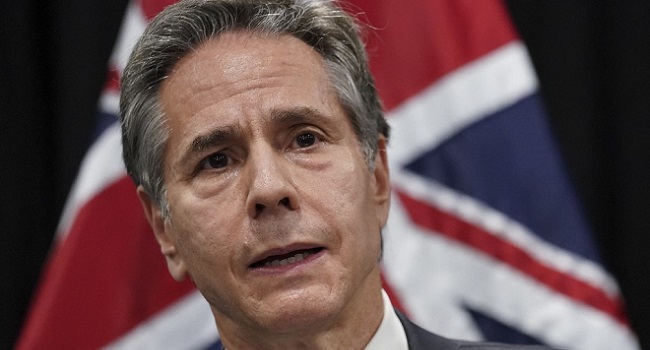
The expulsion of more than 100 Russian diplomats from the United States and several European countries Monday over the poisoning of an ex-spy in Britain follows a series of such measures against Russia.
Before the action on Monday, Britain had already thrown out 23 Russian diplomats after the nerve agent attack on Sergei Skripal and his daughter Yulia on March 4.
Here is a look back at some of the other major expulsions of diplomats or agents from Russia and its predecessor, the Soviet Union, over more than 40 years.
During the Cold War
– September 1971: Britain expels 105 Soviet diplomats and officials after Moscow refuses to clarify the activities of 440 of its citizens in Britain. Two weeks later, Moscow kicks out 18 Britons.
– April 1972: Bolivia expels 49 members of the Soviet embassy in La Paz as diplomatic relations deteriorate sharply two years after being established.
– April 1983: France throws out 47 Soviet diplomats in the midst of the so-called Farewell Affair involving Soviet double agent Vladimir Vetrov, posted in Paris from 1965 to 1970, who passed to France the identities of Soviet spies.
– November 1983: the Caribbean island of Grenada kicks out 49 Soviet diplomats shortly after the intervention of American troops following a coup.
– September 1985: Moscow and London engage in a six-day exchange of spy expulsions, with 31 kicked out on each side in total. This follows the defection to Britain of the KGB’s London station chief, Oleg Gordievsky.
– Late 1986: The United States under President Ronald Reagan and Mikhail Gorbachev’s the Soviet Union carry out tit-for-tat expulsions over several weeks.
In mid-September, Washington demands the departure of 25 members of the Soviet mission at the United Nations and Moscow replies by expelling five American diplomats.
A month later Washington expels 55 more Soviet diplomats. Five are suspected of spying and the remaining leaves as part of Washington’s decision to reduce the number of Soviet personnel in the United States.
The Soviet Union responds by expelling five US diplomats and withdrawing all Soviet personnel working at US missions in the country.
– June 1988: Canada expels, or declares personae non-gratae, 19 Soviets. Moscow takes similar measures against 13 Canadian diplomats.
After the Soviet Union falls
– March 2001: Washington throws out 50 Russian diplomats, four of whom are declared personae non-gratae. The move follows the arrest of Robert Hanssen, an FBI counterintelligence expert who spied for Moscow for 15 years as one of its most valuable ever agents.
Russia retaliates by expelling a similar number of Americans.
– December 2016: US President Barack Obama expels 35 Russian intelligence operatives as part of a barrage of retaliatory measures against Moscow who intelligence agencies accused of meddling in the US election.
Russian President Vladimir Putin rules out tit-for-tat measures, a move that wins plaudits from then president-elect Donald Trump.
AFP



